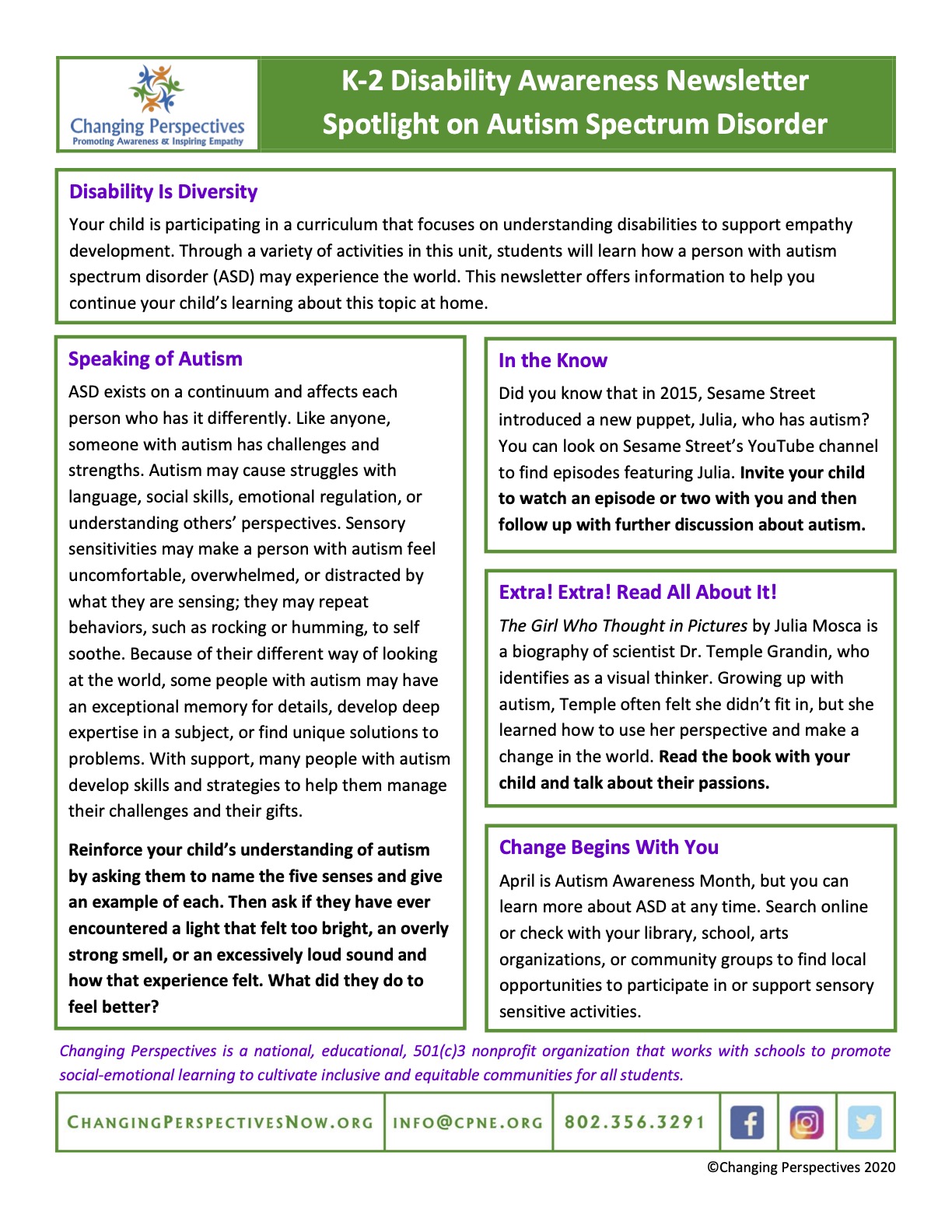Elementary Disability Awareness Curriculum
Supporting
Elementary
Disability Awareness
Tools to help your Elementary students:
- Explicitly learn about different disabilities
- Learn respectful ways to talk about disabilities
- Communicate openly and honestly about differences.
- Show support for their peers and others in their community with disabilities.
Curriculum Overview
The Elementary Disability Awareness Curriculum is a customizable toolkit with strategies and resources for nurturing the skills students need to develop the personal and social awareness that enables them to evaluate and understand differences of all kinds, make connections, and problem solve.
The curriculum is divided into two levels: grades K-2 and grades 3-5. Materials include lesson plans, book lists with discussion questions, and video links with discussion questions.
SAMPLE RESOURCES
EDUCATOR PORTAL LESSON DIRECTORY
The Elementary Disability Awareness Curriculum Includes:
- 180+ CCSS-Aligned Lesson Plans (25-45 minute duration)
- 170+ Books & Discussion Questions
- 90+ Videos & Discussion Questions
- Family Resources (e.g., newsletters and additional resources)
- Experiential Activities
- 30+ Reflection Activities
- Educator Implementation Resources
Our Elementary curriculum resources are organized around, and aligned to, Common Core State Standards and eight specific disability categories.
More Details ...

Portal Features
-
Web-based: Access our portal on any browser, anywhere, anytime.
-
Interactive Planners: Easily organize, retrieve, share, and collaborate with others.
-
Gradebooks: Seamlessly keep track of student performance through our digital gradebooks. Gradebooks can also be downloaded as CSV files to easily integrate into other student tracking platforms.
-
SEL Student Assessments: Assess student skills and understandings with premade and custom assessments. Assessments can be shared with students digitally and/or as printables.
-
Integration: Integrate resources into digital student learning platforms (e.g., Google Classroom, Canvas, etc.) with fillable PDFs.
Curriculum
- Designed for educator customization.
- A variety of comprehensive curriculum resources are available to engage all learning styles. Resources include but are not limited to: lesson plans, book discussions, videos with discussion questions, and more.
- Annual updates to curriculum to ensure new resources are available at the start of each new school year.
- Standards-aligned: Social-emotional content is aligned with CASEL standards and disability awareness content is aligned with Common Core standards.
Educator Support
- Educator Implementation Guides available.
- Family Resources: newsletters and customizable welcome letters.
- Curated library of resources: valuable information and insights from other sources.
- Individual coaching and professional development are available.
Why Disability Awareness for Elementary Students?
For students, the opportunity to give voice to their curiosity about disabilities is powerful and promotes understanding and sensitivity. For students with disabilities, we see increased confidence and willingness to talk about their challenges without fear of judgement. Families of students with disabilities want their children to feel part of the school community. Families of students without disabilities want their students to better understand their classmates and build empathy towards all people
Disability Awareness helps to break down barriers to acceptance and inclusion of people with all types of disabilities. Through awareness, students develop empathy, which first affects their attitudes and then evolves into behavioral changes. Through this work students are inspired to become agents of change for inclusion.

Autism Spectrum
Autism is a developmental disability that usually appears during the first three years of life. It affects how a person’s brain works, but not all people with autism are affected in the same way. A person who lives with autism may have trouble with social, emotional and communication skills.
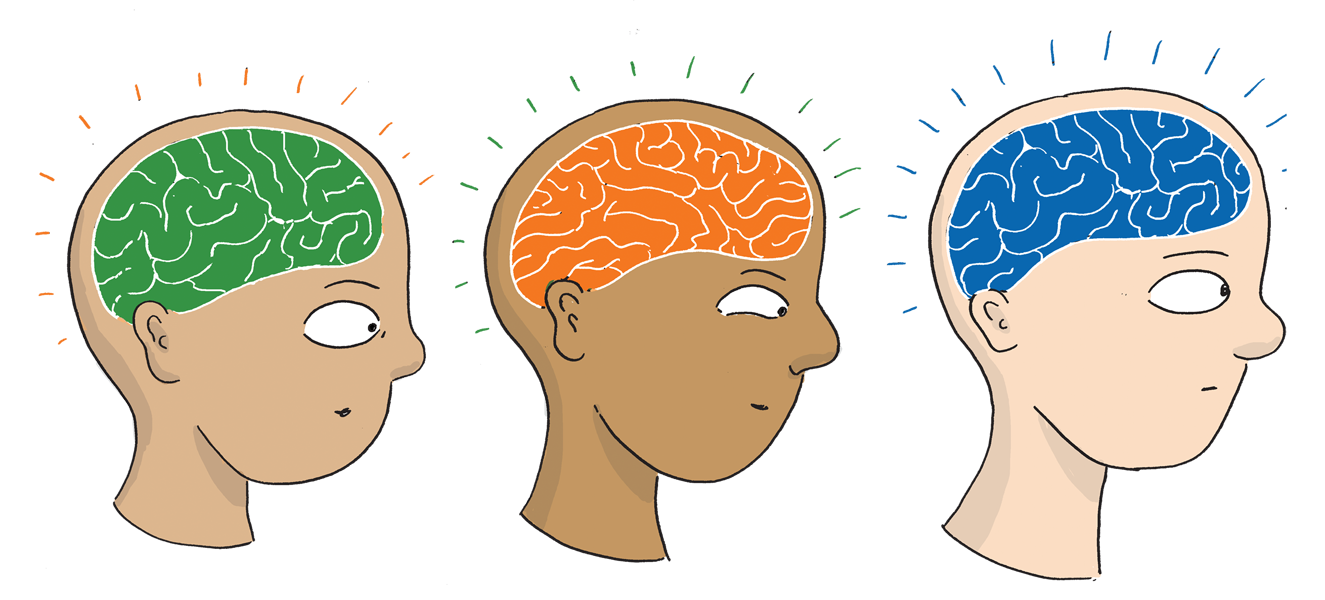
Cognitive Differences
Cognitive differences include genetic and congenital issues along with injury created loss of cognitive function. One widely known genetic condition is Down’s Syndrome. Individuals with cognitive differences have a range of cognitive challenges from minor that you might not even notice without lengthy exposure to those that are readily seen at a glance.

Hearing Loss/Deafness
A person can be born with hearing loss or have hearing loss due to physical trauma or illness. There are two major types of hearing loss – conductive and sensorineural. There is a wide spectrum of the severity of hearing loss and/or deafness.
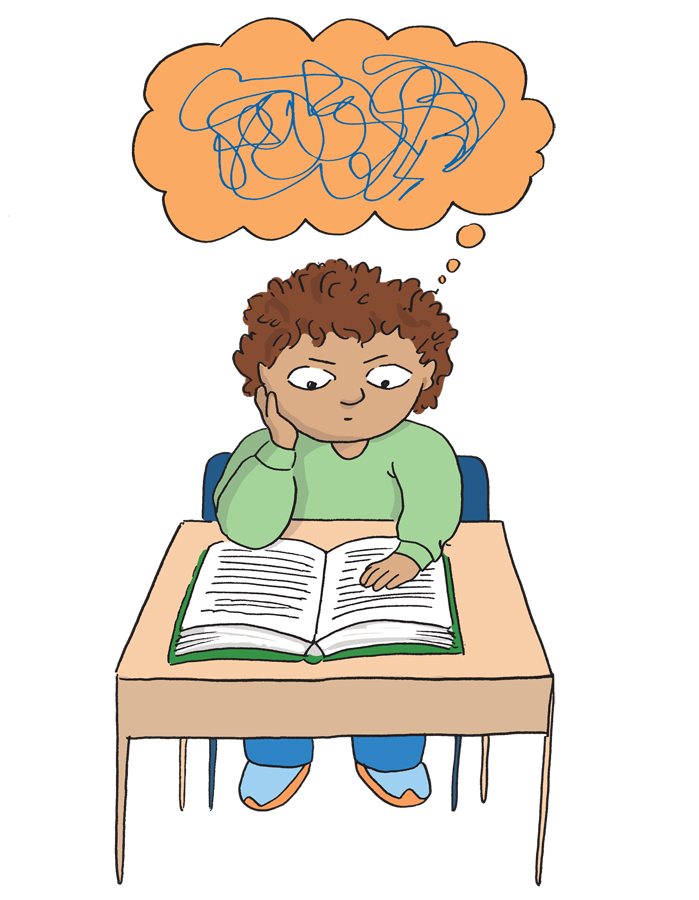
Learning Disabilities
There are a variety of different conditions that are classified under learning disabilities. Learning disabilities refer to conditions which can impair the ability to learn. Learning disabilities consist of but are not limited to; dyslexia, dyscalculia, dysgraphia etc.
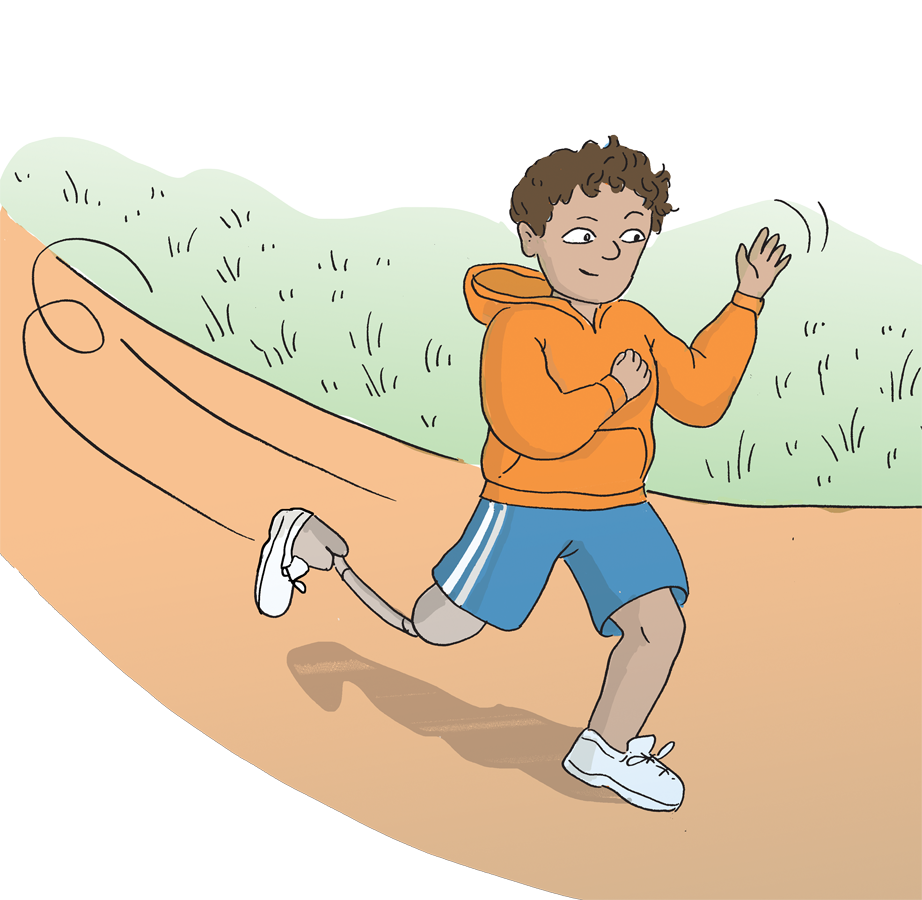
Physical Disabilities
Physical disabilities are generally the most obvious of disabilities as they are often visible at first glance. Causes include a congenital anomaly, disease, injury, and other causes. There are a variety of assistive technologies that can support someone who lives with a physical disability.
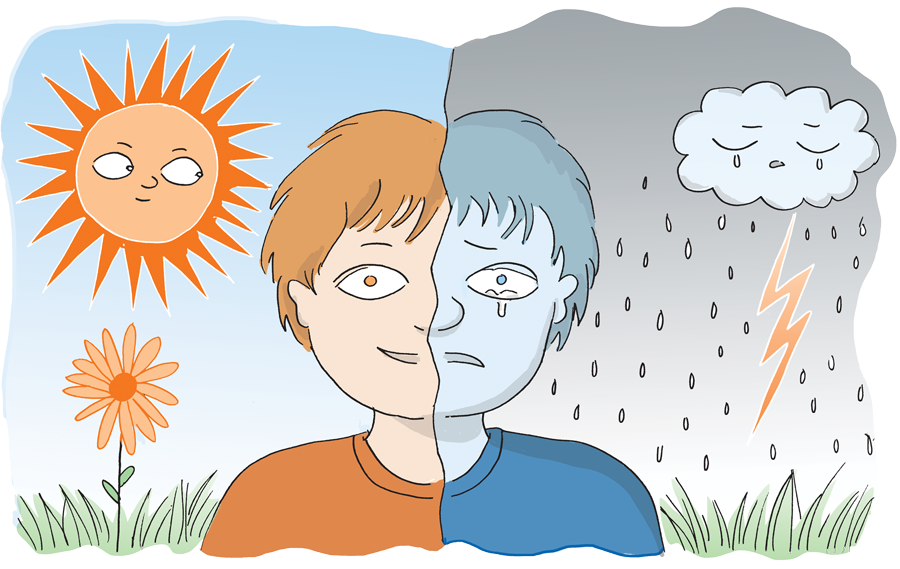
Social/Emotional Impairments
Social/emotional impairments affect someone’s ability to maintain positive relationships and interact in social situations following expected norms. Emotional behavioral disabilities (EBD) are a result of many factors but can manifest in challenges in self-regulation, and communication.
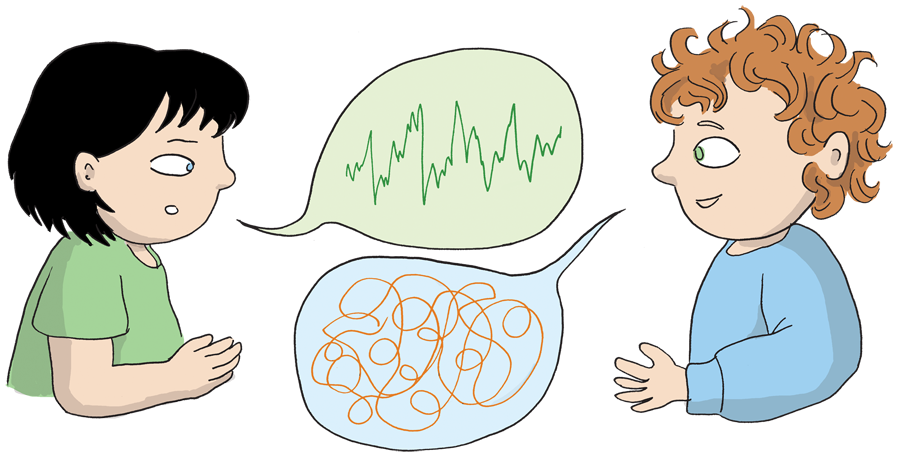
Speech/Language Impairments
Speech and language impairments are classified as communication disorders. There are a variety of reasons why someone might have one of these impairments. These types of impairments encompass conditions such as stuttering, impaired articulation, language impairment, or a voice impairment that may adversely affect a child’s educational progress.

Visual Impairments
There is a wide spectrum of the severity of visual impairments. An individual with a visual impairment may be born with it while others may acquire a visual impairment later in life. Whether blind or with limited sight of some sort, individuals with visual impairments may use a cane, special glasses, or other aids to help them navigate the world.
Ready to Find Out More?
Want to find out more about Changing Perspectives’ Disability Awareness Curriculum? Contact us and schedule a complimentary conversation to see how we can help.



